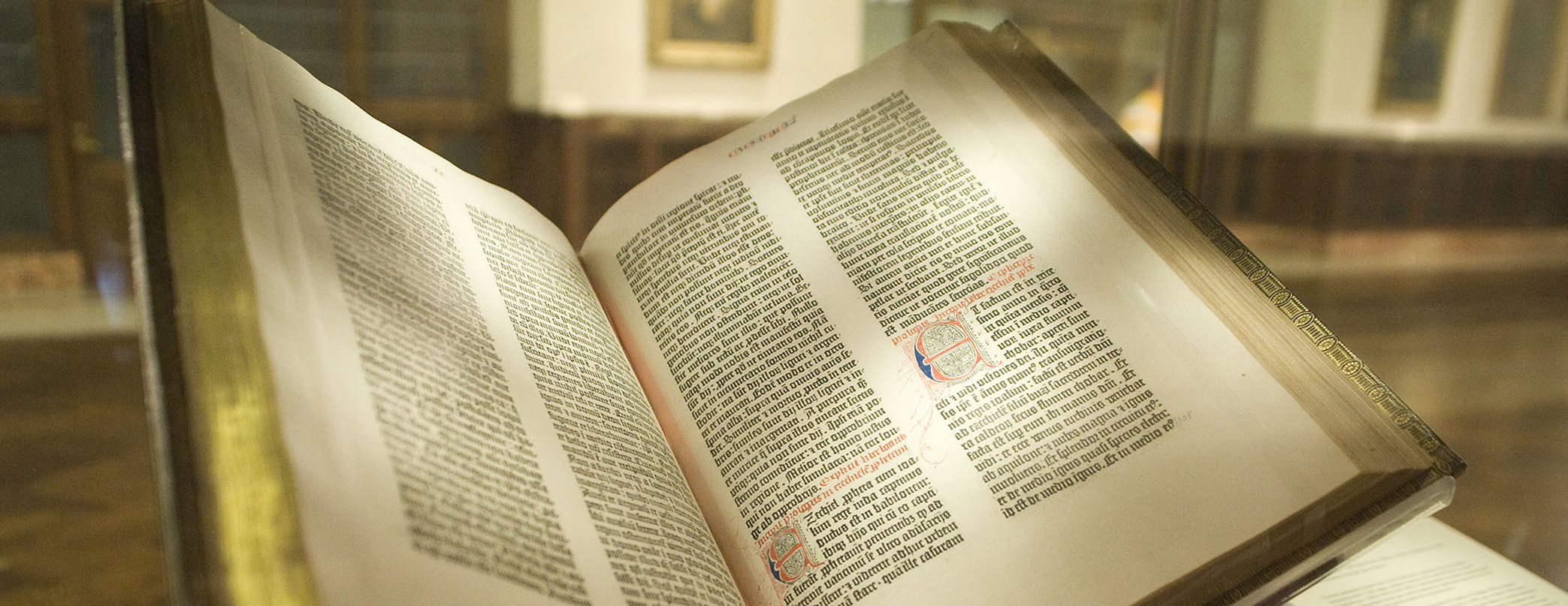Due to the diversity of application areas, it is necessary to design thermal management precisely to the framework conditions of the project. The proper and safe assembly of the individual components plays a major role in this. The use of assembly aids ensures optimum hold and effective heat transfer. In addition, thermal interface material (TIM) is an important factor in the implementation of planning. This is usually a ceramic-based paste mixed with microscopic particles of aluminium oxide, boron nitride and zinc oxide. Free of silicone and by adding several special synthetic oils, long-term stability is achieved and above-average performance is guaranteed.
During commissioning, the viscosity of the TIM is reduced. This fills the smallest surface roughness and displaces harmful air inclusions. In the first 20-30 operating hours, the paste solidifies and thus prevents expansion caused by temperature fluctuations. With a temperature range from -40 degrees Celsius to 180 degrees Celsius, heat-conducting paste is suitable for most applications. It also insulates electrical current and is electrically non-capacitive.
Heat conduction paste is used wherever efficient heat transfer between two objects is to be achieved. For example, between a microchip and a heat sink.
Printing service
The screen printing process is recommended for applications where conventional heat conducting paste cannot be used or mass production of components is necessary. This enables a phase-change material (PCM) to be applied directly to individual elements. This material is dry and moldable at room temperature. The PCM has the property of changing phase and becoming liquid only when installed at a pressure of 30N/cm² and approx. 45 degrees Celsius. Thus it fills cavities and gaps optimally and guarantees thereby best heat transfer. The use of conventional heat conducting paste (WLP) is therefore no longer necessary.
Ceramics/heat conducting discs
Due to their low induction properties, ceramic heat conduction discs mainly serve as insulators between Peltier elements and sensitive components. They allow galvanic separation and at the same time offer excellent thermal conductivity properties with corrosion and wear resistance. In addition, aluminium oxide ceramics are pressure-resistant up to 4,000 MPa and stable up to an operating temperature of 1,000 to 1,500 degrees Celsius. In addition, insulating washers made of glass fibre reinforced silicone are self-adhesive, flame-retardant and can be used without heat-conducting paste. They offer excellent thermal conductivity and adapt elastically.
With a selection of various other materials such as polyimide or carbon (optionally self-adhesive), we are able to offer the right solution for every application.
We would be happy to do the development work for you or support you with the application. For special applications, please contact us directly.


